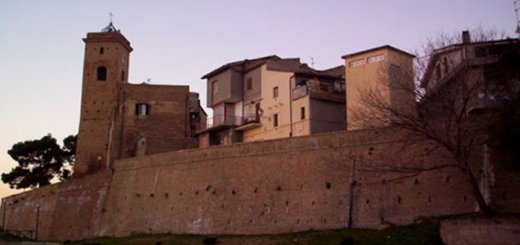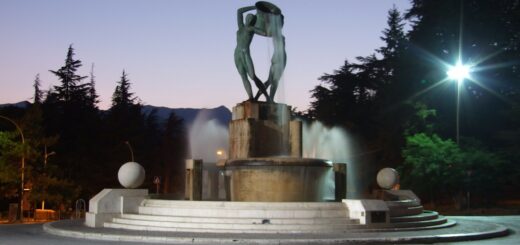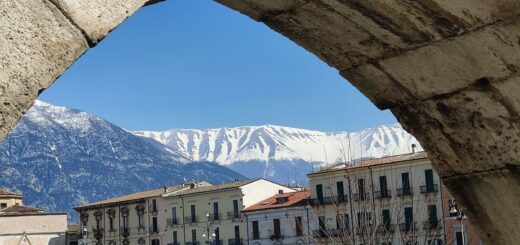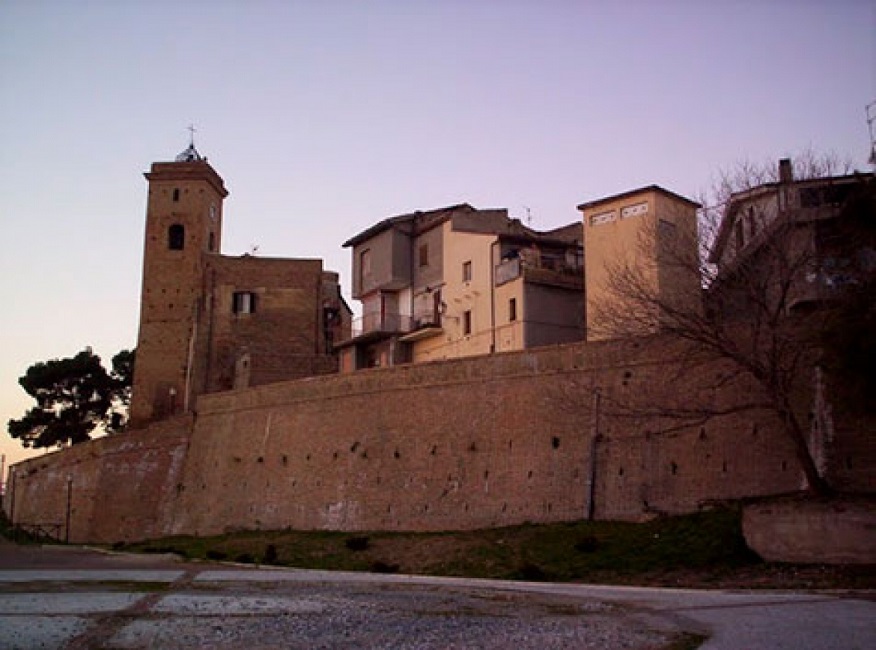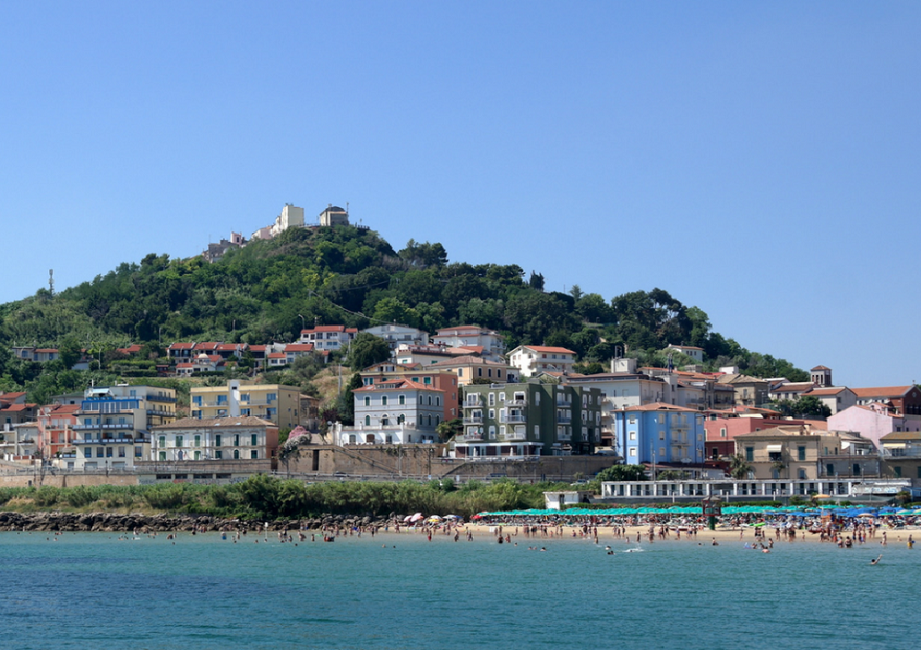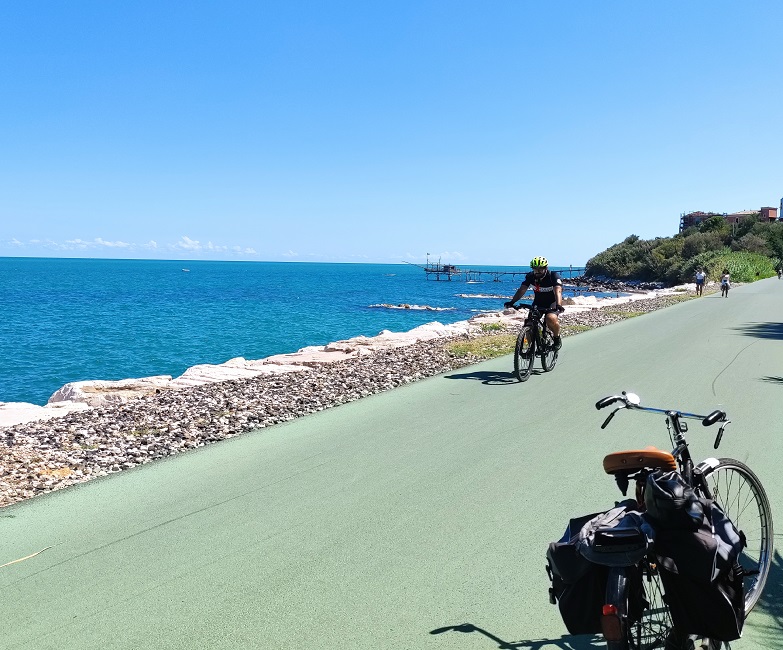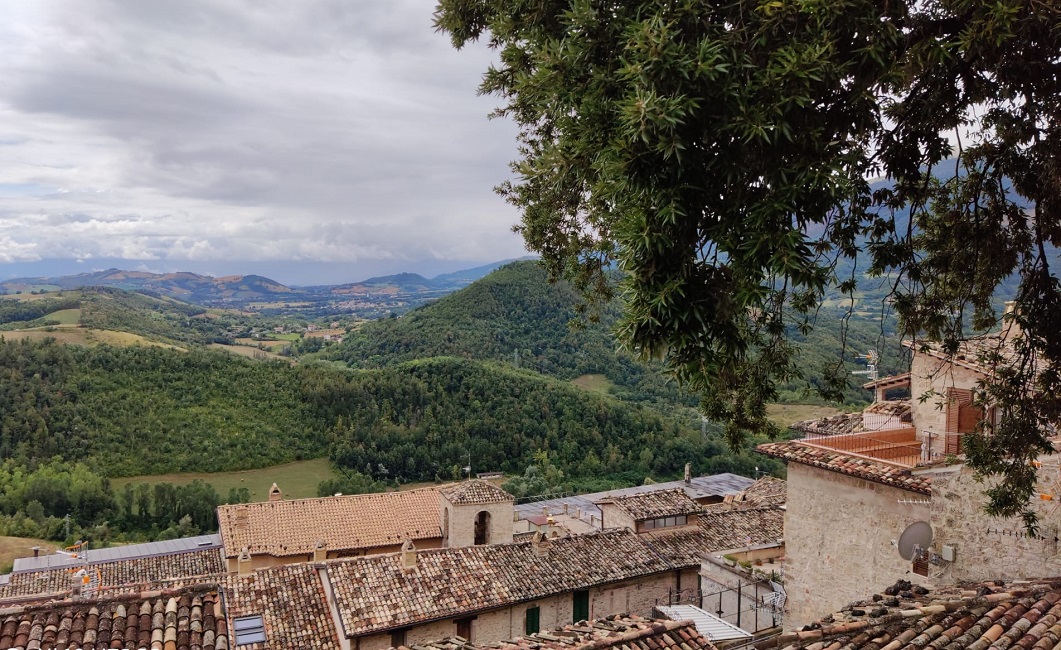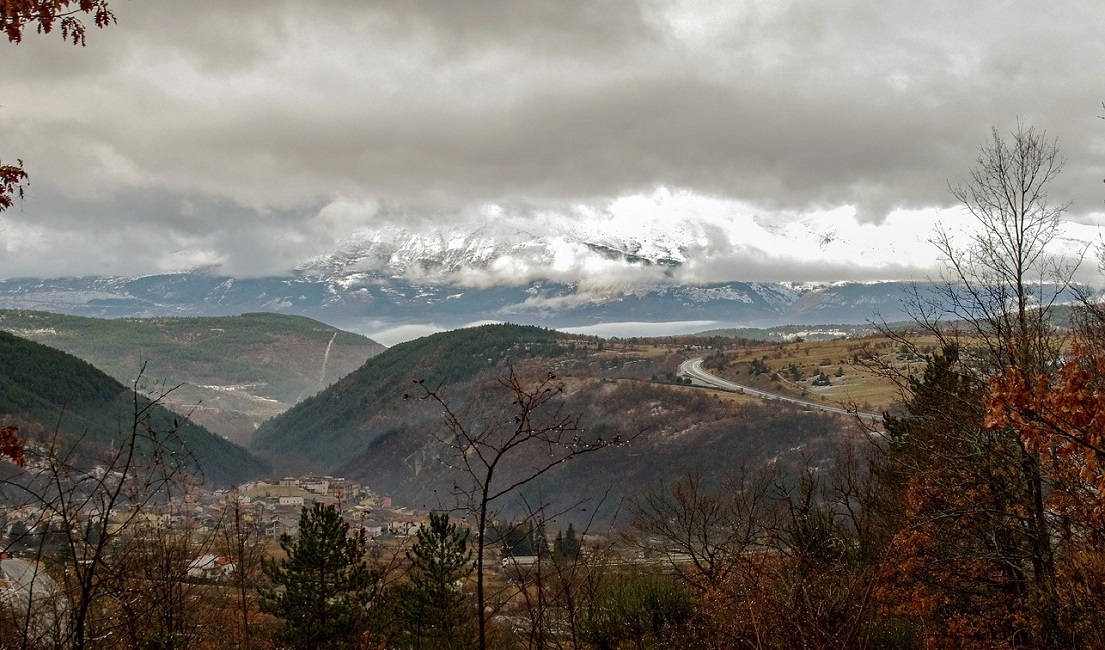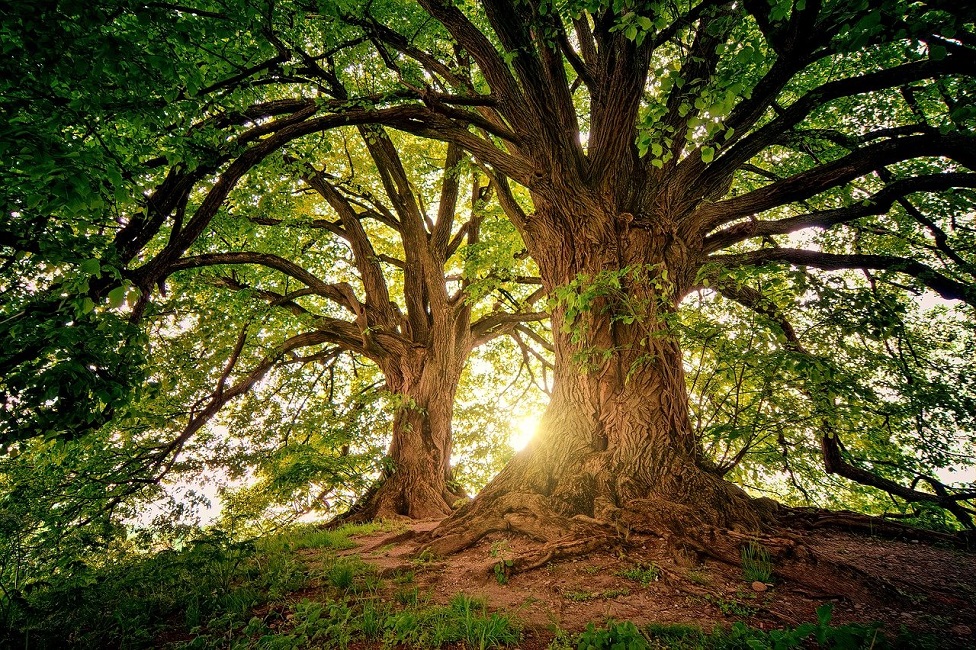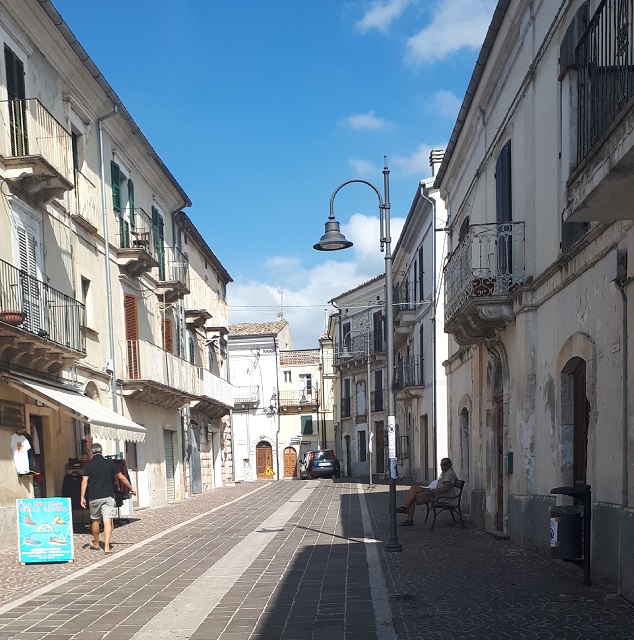Picturesque Popoli
Bears and other perils
Just outside Popoli we pass a quaint road sign alerting us to the possibility of bears crossing. Having once had a near miss with a deer on the motorway, and risked a collision with a kangaroo in the Australian outback, I shouldn’t be complacent. But somehow the idea that a bear might amble out of the woods to cross the road strikes me as comical.
And yet. We are on the border between the two great national parks of Abruzzo, the Majella and the Gran Sasso, the habitat of about 50 members of the orso marsicano species. Sightings are rare but in certain periods, or so I have heard, they do venture down to the lowlands to search for food. Hopefully in this period – early spring – they will still be in dozy hibernation.
Picturesque Popoli
We make it unscathed into the carpark. Bear-ridden or not, our surroundings are stunning. The countryside has that fresh sparkling look of spring, the trees are in blossom and the mountains up ahead are capped with snow. We are in the vicinity of the source of the Pescara river, and here is one of its tributaries – a healthy brook flowing past the town on its way to the sea.
Seen from the river, Popoli’s skyline is defined by the outline of its twin churches, Santissima Trinità and Santi Lorenzo and Biagio, built on high ground overlooking the town.
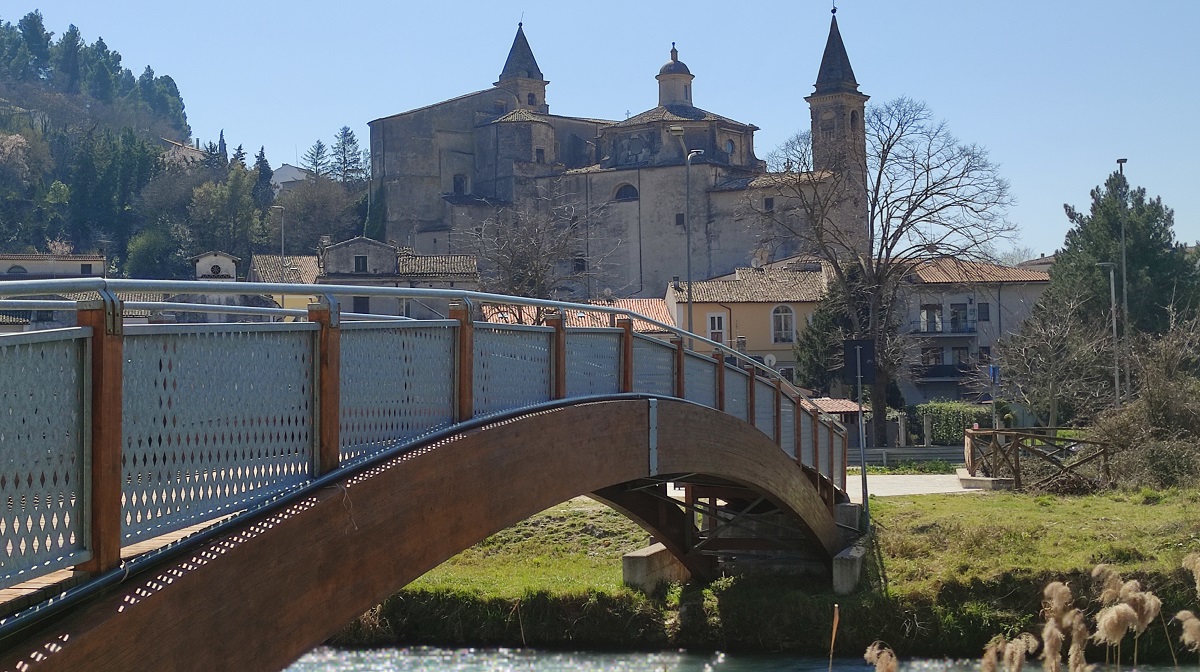
What to do in Popoli
Popoli is picturesque but that’s not the only reason people come here. It’s a favourite base for trekkers, excursionists – especially visitors to the Reserve, the Riserva Naturale Sorgenti del Pescara – and truffle hunters. There is also a wolf centre here, with guided tours.
Some also come to take the waters. There has been a spa in Popoli since the nineteenth century, though the first complex was bombed during the Second World War. The waters of Popoli are said to be especially effective in easing rheumatism and respiratory and digestive ailments.
We get to Popoli on market day, which occurs every Monday and Thursday, and there is bustle in the main square, Piazza della Libertà. The locals seem just as keen to stop and chat as they are to purchase the fruit, vegetables and clothing on sale.

Tragedy in the marketplace
There might have been a similar atmosphere in the square when tragedy struck in March 1944, when Popoli was occupied by the Germans. It would have been a spring day like this one, maybe with the sun shining and the trees in blossom. Women and children were queuing up at the town hall to receive their ration coupons when the British dropped their bombs. killing at least 200 in the queue. It was the second time in two months this little town had been bombed and the tragedy is remembered in March every year.
Maybe it’s the lively atmosphere of the market, but I think I can detect a certain robustness of spirit here in Popoli. History would seem to testify to this, for despite its heavy battering during the war, the town picked itself up and flourished in the post-war years. At the end of the nineteenth century it was also known to have been a hub for brigantaggio, or the bands of brigands that roamed the area.
Ancient sites
Despite the German occupation and Allied bombardment, the buildings which frame the square have withstood the test of time. The Taverna Ducale, now an art gallery, dates back to the late thirteenth century. Beside it is the church of San Francesco, with its two lions guarding the doorway and a particularly beautiful gothic rose window high up on the façade. Alongside is the curiously pink Torre Civica with its outsize clock showing the wrong time.
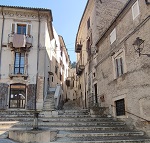
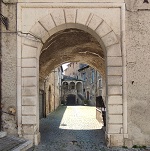
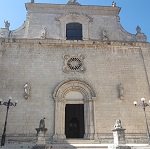
Also in the square, now surrounded by the awnings of the market stalls, is the Fontana dei Mascheroni, translated as the fountain of gargoyles, from which water spouts. The original, in stone, was destroyed during the bombing and its replacement is in cast iron.

Caged bird
The market stalls continue along the main road. On the corner, outside a shop, we come across a macaw in a cage. Its friendly owner comes out to introduce us but the bird just tucks its head coyly under a bright blue wing. The man tells us he often takes his charge free flying and shows us a photo of the macaw in flight, a blue arrow soaring against a background of jagged mountain peaks. It probably beats sitting in a cage being harassed by tourists I think. But the bird gives nothing away.
The macaw turns out to be the only example of exotic wildlife we meet. And maybe it’s better that way.
From Pescara take A25 motorway, exit Bussi-Popoli.


